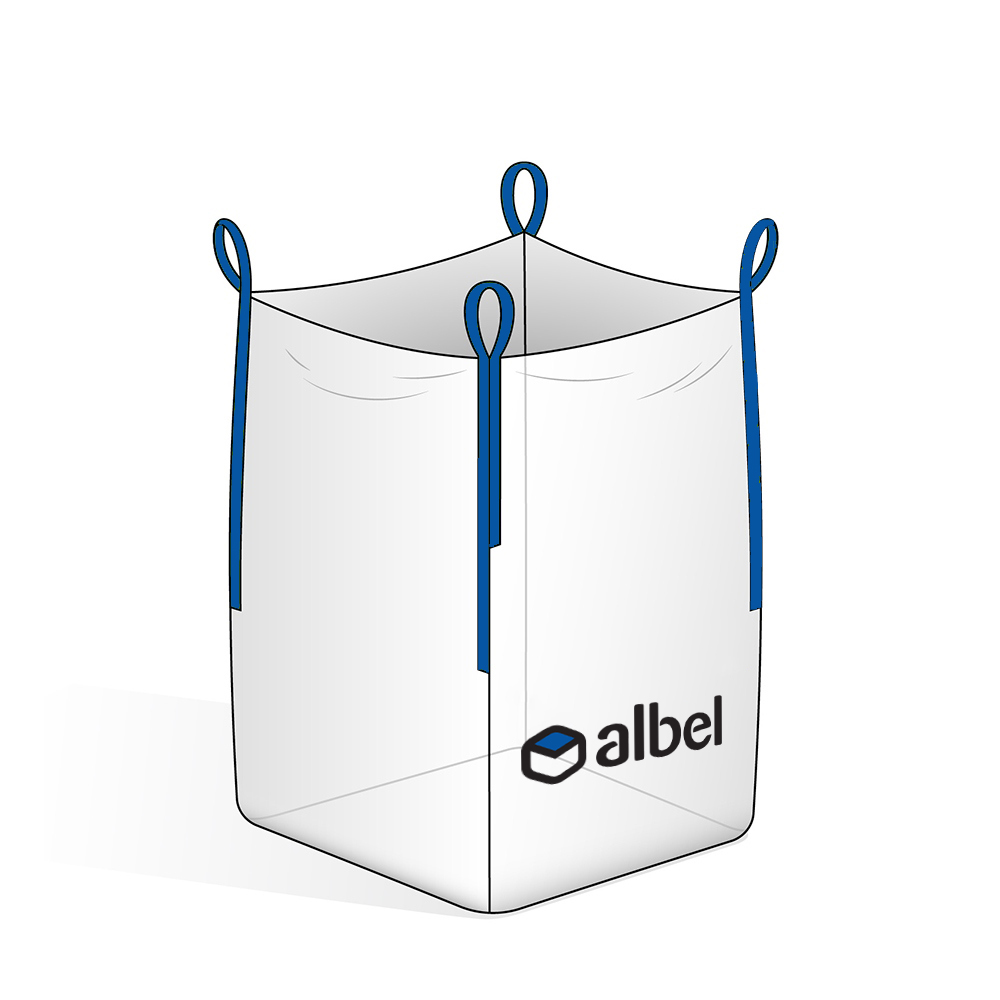
Lifting
LIFTING FIBCS
When lifting FIBCs with a fork lift truck, be sure that the forklift tines are spaced correctly.
All lifting loops, sleeves, or other lifting devices should be vertical, so that no lateral forces will be created in the FIBC.
Be sure that the lifting loops are not twisted (except wide cross corner loops).
Forklift tines should have round edges or protective covers. FIBC should be raised or lowered smoothly.
FIBCs should not be dropped when full.
Do not forget that the right lifting mechanism could significantly reduce the use of pallet
HOW DO I SAFELY LIFT FIBC?
- Before lifting, please check your FIBC for transport damage . In general, FIBCs should be lifted according to the instructions given on the label.
- As a rule, the FIBC should be lifted and lowered symmetrically avoiding any abrupt or jerky movements.
- Any form of swinging should be avoided during the lifting process . Please be aware that most transport damages occur due to improper lifting of the FIBC.
- Never lift FIBCs by steel wires, fibre ropes or similar devices.
- The loops of the FIBCs could tear due to such handling . Several FIBCs can be lifted simultaneously – as long as this is technically feasible . The vertical position of the loops is crucial in this case.
4 LOOPS IN THE CORNER (STANDARD / U-PANEL)

The standard and most common type of loops. In each corner of the big bag is one loop.
The bag can be lifted from the top by a forklift that has to catch all four loops.
For the manipulation of a 4-loop bag, you generally need a forklift driver and a manipulator that helps a fork to pass through a loop.
Loop height starting from the top of the bag (free loop height) depends on customer requirements.
Most commonly, the free part of the loop is 25cm or 30cm but can also be 60cm so all four loops can be catched with one single hook.
- Standard
- Easier manipulation
- Affordable price
CROSS-CORNER LOOPS

Cross-corner big bags have loops that are sewn to eight points in opposite corners so that the loops have a larger opening.
Certain users claim that it was easier to manipulate with this kind of loops. Cross-corner loops require that bags are made from circular fabric.
Cross-corner bags can be combined with all big bag types.
- Some users believe that cross-corner loops make it easy to manipulate
- More expensive than the four loops in the corner
1 AND 2 LOOPS

One and two loops are simpler and more economical than 4 loops on the corners and are mainly used for lifting big bags with smaller capacity (from 500 to 1000 kg).Loops can be made in different colors for easier identification of products.One or two loops for lifting are mainly used for custom made jeans packing fertilizers, as it is the easiest was for agricultural users to manipulate with one loop.
- Easiest manipulation for end customer who does not have a forklift (farmers)
- Cannot be a Q-bag
- Mainly requires inliner as fabric coating is more complicated
TUNNEL LOOPS

- Forklift can pass through the loops of the bag only on two sides
- Cannot be lifted with a hook
STEVEDORE LOOPS

Stevedore loops are special, supporting loops, designed for special handling of bags.
While a bag with four loops must be lift at four points, with stevedore loops it is possible to lift only at two or one point.
Stevedore loops can be designed in various ways:
● One stevedore loop which is pulled through the four standard loops at the corners to connect them
● Double stevedore loop which in parallel connects the two loops at the corners
● Supporting loops which are attached to each separate loop at the corners
- Stevedore loops make manipulation easie
LOOPS ON THE BOTTOM (OPTIONAL)

Loops can be added to the bag bottom in order to enable easier emptying of bags.
This is mainly used when the bag is emptied by upsetting the big bag.
This is used in the construction industry and in the mining industry.
- Easier bag roll-over
TYPE C LOOPS
PERIMETER BELTS
Certain specific bags require additional belts around the bag called perimeter belts.
Big bags with large capacity and/or with bottom loops, the perimeter tape is located on the bag bottom, while with the UN bags it is placed on top of the bag.

